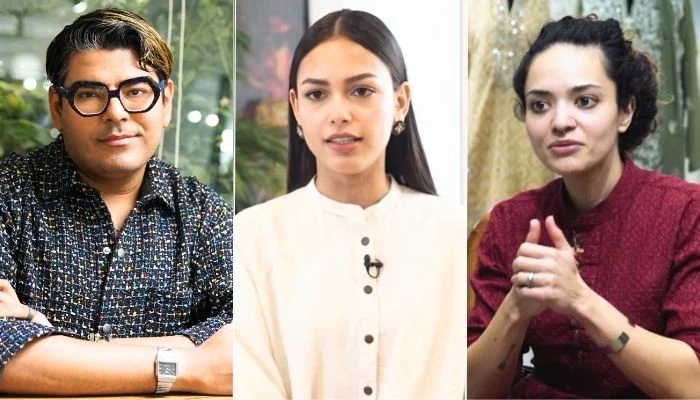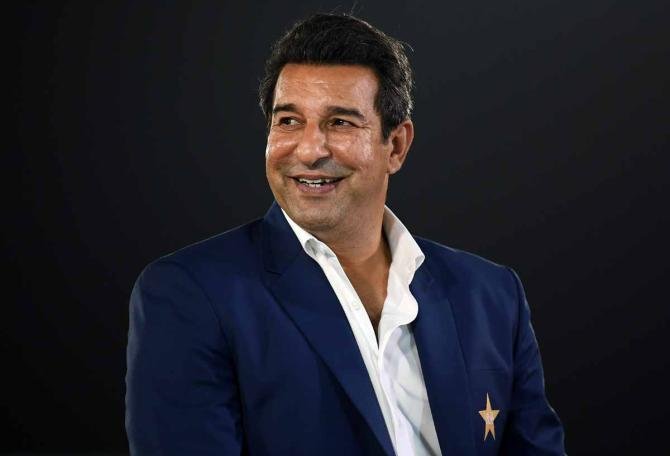A Digital Shift in Fashion Sparks Debate
When one of Pakistan’s top clothing brands unveiled its latest campaign featuring an AI-generated model, the internet erupted in debate. Some praised it as a bold step toward the future of fashion, while others condemned it as a soulless, cost-cutting shortcut that stripped away the human essence of creativity.
As artificial intelligence continues to reshape industries worldwide, its growing presence in Pakistan’s fashion scene has sparked crucial questions: Can AI truly replace the human touch? Or is it merely a new tool in a designer’s creative arsenal?
Geo Digital spoke to leading voices in Pakistan’s fashion industry — including designers, stylists, and models — to explore how technology is redefining creativity, economics, and emotion in fashion.
“AI Is the Future — But Perfection Isn’t Always Relatable”
Karachi-based designer Parishae Adnan sees AI as an inevitable part of the industry’s evolution.
“There’s no harm in using AI as a model,” she said. “It’s the future.”
However, she admits that AI-generated imagery often feels emotionally distant. “The problem with AI models is that they’re too perfect. Humans aren’t. The lighting, skin, and setting look flawless — almost unreal. That’s why it doesn’t connect emotionally.”
Parishae uses AI tools in her business operations, helping her analyze inventory and optimize supply chains. “AI saves time and effort, but my team still executes everything. It’s about using technology wisely, not replacing people.”
For her, the real challenge is balance. “AI won’t replace humans in fashion, but we must learn how to control and limit its use.”
“If AI Cuts Costs, What’s the Big Deal?”
Amid rising inflation, cost is a major concern. Parishae acknowledged the economic pressures fashion brands face in Pakistan.
“In a country battling inflation, where the cost of living — and dying — has doubled, using AI models to cut costs isn’t wrong,” she said. “People accuse brands of overcharging, but even if you buy the fabric and get it stitched yourself, the cost is nearly the same.”
For her, AI is not the enemy of creativity but a practical solution in challenging times.
“AI Models Can’t Walk the Ramp — or Feel Emotion”
Model Erica Robin, Pakistan’s representative at Miss Universe 2023, received the AI campaign images from several people online.
“I thought it was innovative,” she said. “But AI should be used to assist, not replace humans.”
She emphasized that modeling involves more than posing. “A human model brings expression, emotion, and movement. You can prompt a machine, but you can’t make it feel. Audiences connect emotionally when they see real faces like Hania Aamir or Mahira Khan. That connection drives sales.”
Erica warned that eliminating human models would hurt photographers, stylists, and makeup artists, collapsing an entire creative ecosystem. “AI is a tool — not a substitute.”
“Fashion Without Emotion Is Fashion Without a Soul”
Veteran stylist Tabesh Khoja agreed that AI lacks the emotional depth that defines fashion.
“When people browse a catalog, they imagine themselves in the outfit,” he said. “If the model isn’t real, that connection fades.”
Khoja expressed concern over the impact on employment within the creative sector. “If technology helps us grow, it’s great. But if it takes jobs away, where does that leave us?”
Still, he acknowledged that AI will create new opportunities. “We’ll see more AI experts and firms joining fashion. But AI can’t do makeup, style hair, or feel how a color makes you feel.”
For Khoja, fashion is rooted in emotion. “From design to photography, every step involves human feeling. Without that, fashion loses its soul.”





